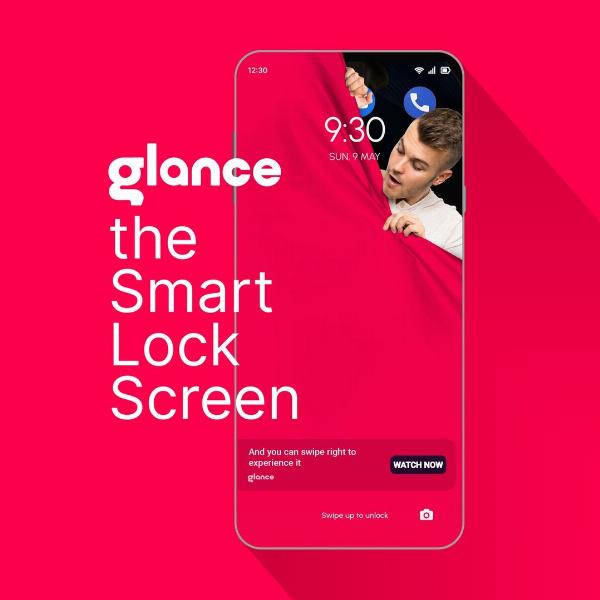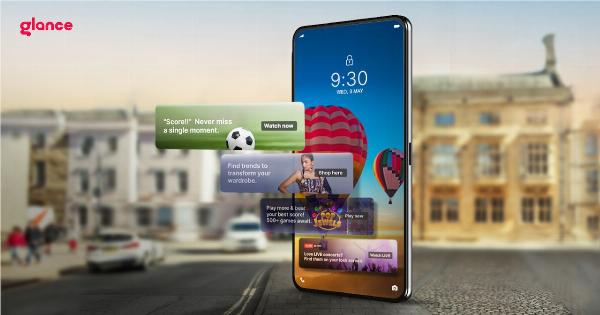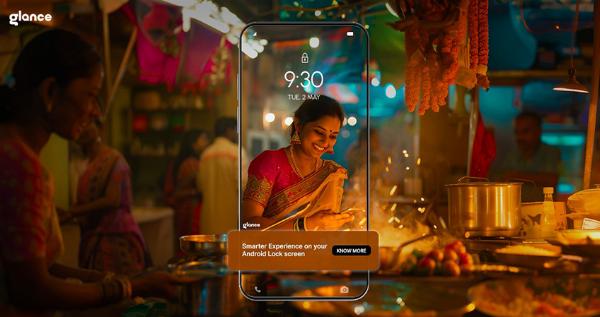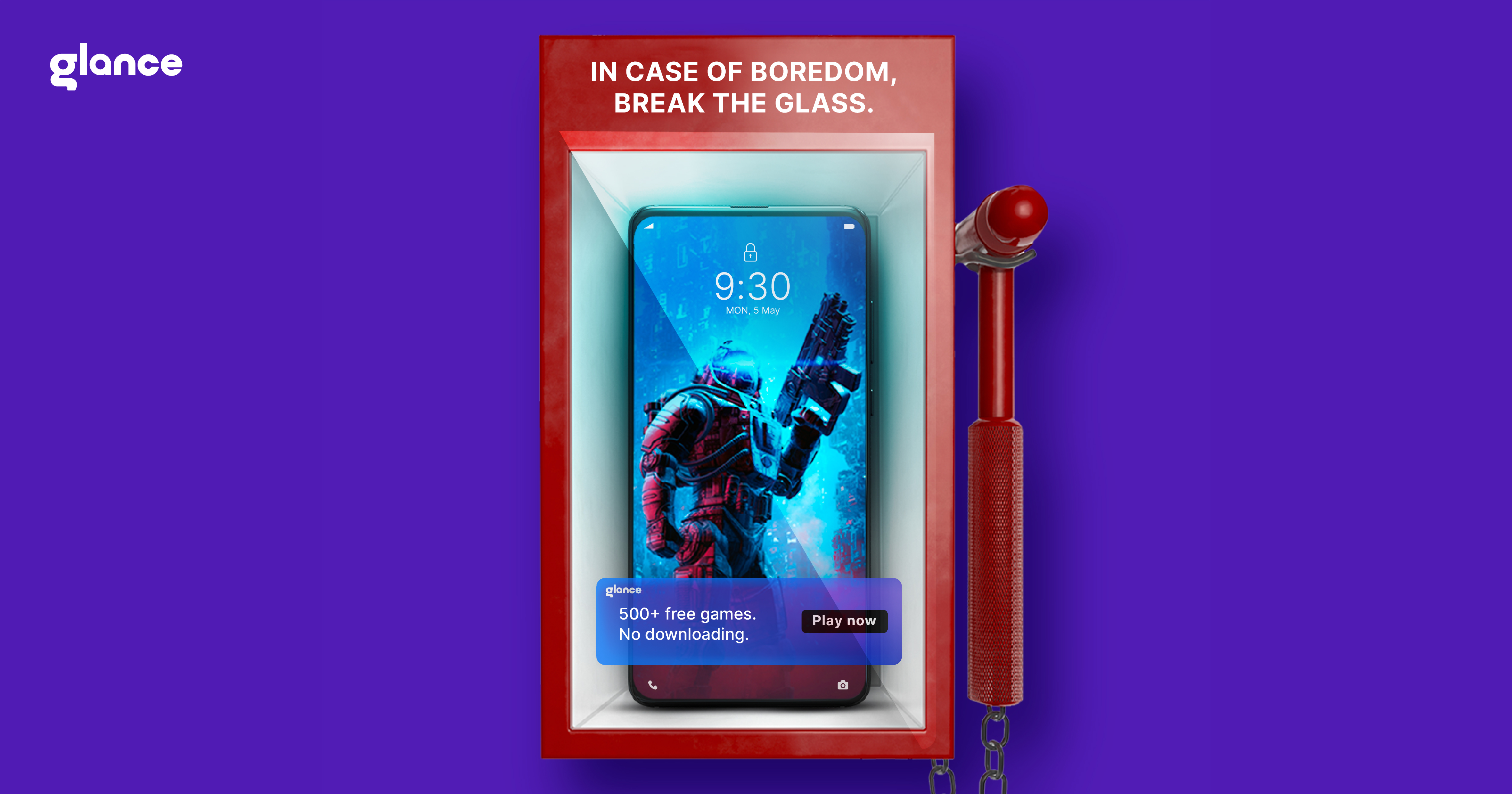Introduction: Personalization Isn’t a Perk—It’s the Price of Attention
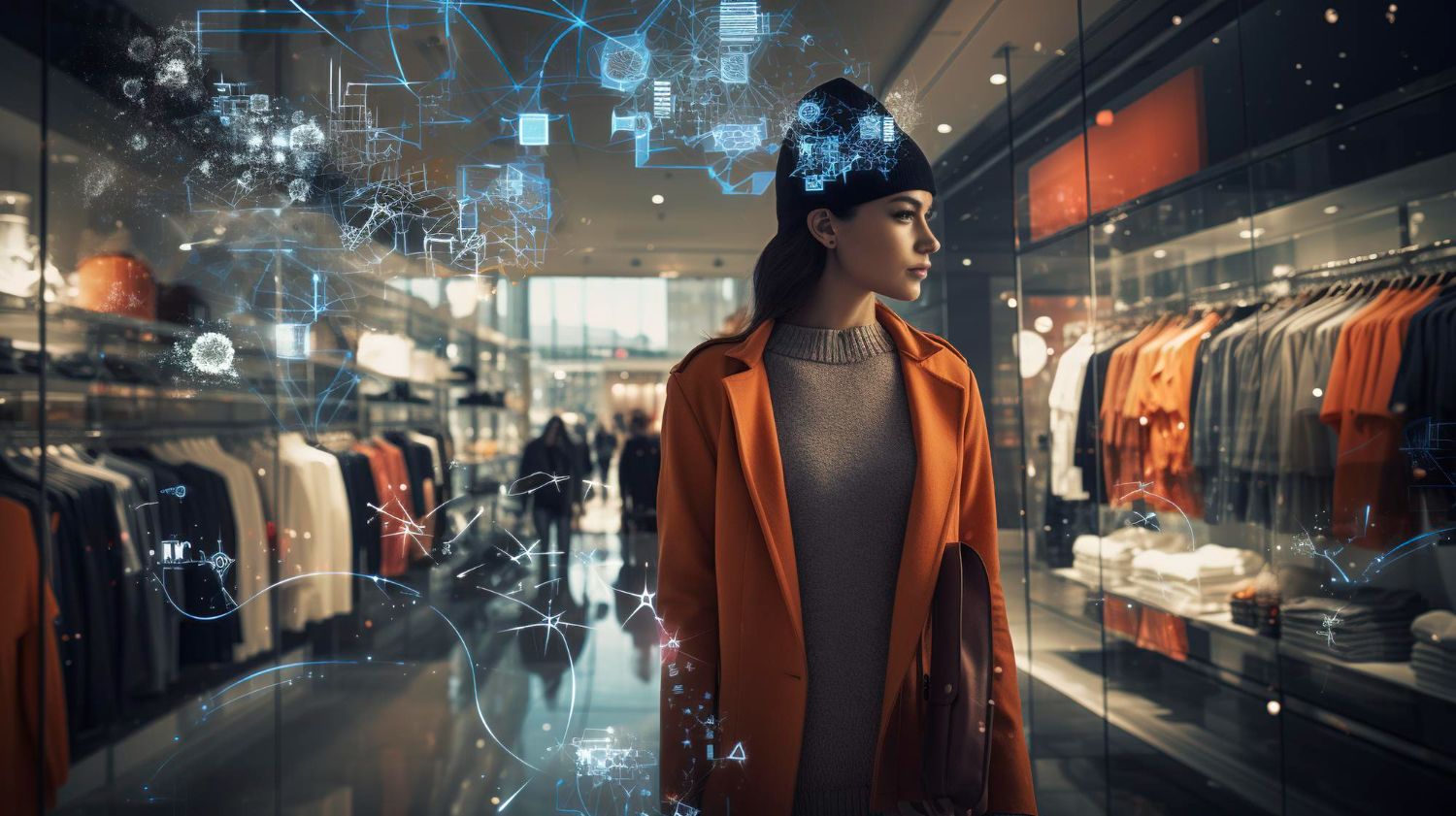
Let’s get something out of the way: in 2025, customers don’t just like personalization—they expect it.
The days of mass emails, generic product grids, and one-size-fits-all campaigns are fading fast. Today’s shoppers want experiences that see them. Hear them. Respond to them in real time. And only AI-powered personalization can deliver at that scale and speed.
This blog dives deep into how artificial intelligence is redefining personalization in retail. We'll unpack where it shows up, what it means for brands and buyers, and how platforms like Glance AI are making personalization effortless, emotional, and mobile-first.
1. What Is AI Personalization in Retail?
Let’s define it simply.
AI personalization in retail refers to using artificial intelligence and machine learning to tailor shopping experiences—products, content, prices, and recommendations—to individual customer preferences and behaviors, in real time.
What makes AI personalization different from traditional rule-based personalization?
It’s predictive, not reactive
It updates dynamically as new data comes in
It goes beyond purchase history to read sentiment, scroll behavior, and context
It operates across all channels—app, site, email, and now even lock screens
At its best, AI personalization doesn’t feel like personalization. It just feels... right.
2. Why Personalization Matters More Than Ever in 2025
We live in the attention economy. And personalization is how you earn that attention.
According to McKinsey, companies that excel at personalization drive 40% more revenue from those activities than average players. Plus:
76% of customers expect personalized experiences
78% are more likely to repurchase from brands that personalize
72% say they only engage with messages tailored to their interests
(Source)
And here’s what makes 2025 different:
Gen Z and Gen Alpha are native to personalization
Smartphones have become the primary shopping interface
Discovery doesn’t start at search anymore—it starts with AI-curated content, like on Glance lock screens
Retailers who get this right are turning casual scrollers into loyal fans.
3. The Tech Behind the Magic: How AI Personalization Actually Works
It’s not just about recommending what others bought. AI personalization today involves:
Behavioral clustering: Grouping users not by demographics, but by intent, time-of-day behavior, or emotional signals.
Collaborative filtering: “People who behave like you liked X.”
Deep learning models: Predicting next best action based on massive training data.
Contextual personalization: Adjusting experience by weather, location, or device.
Natural language processing: Understanding tone in reviews, chats, and feedback.
These models work together to power:
Personalized emails and push notifications
Adaptive homepage layouts
AI-curated lookbooks and style guides
Individualized discounts, bundles, and timing
Tools like Dynamic Yield, Bloomreach, and Insider are leading on the backend. But Glance AI is bringing this magic to the top of the funnel—right where intent is sparked.
4. Glance AI: Personalized Discovery Without the Scroll Fatigue
One of the biggest challenges in retail today? Scroll burnout.
Users open apps, get hit with too many choices, and bounce. Glance AI fixes that by curating one stunning, relevant visual story at a time—on the phone’s lock screen.
Here’s how it works:
Users upload a selfie, choose a persona, and set style preferences
Glance’s AI engine generates looks or collections tailored to that persona
Each look links to a product or a “shop similar” feed
The content auto-refreshes daily or with manual swipes
What’s genius here?
The experience is passive but personalized
Users engage naturally, without the pressure of search
Brands benefit from pre-qualified interest and higher CTRs
It’s not ecommerce. It’s emotional commerce—and Glance is setting the benchmark.
5. Use Cases: Where AI Personalization Shows Up in Retail
AI personalization now shows up across every part of the customer journey:
1. Homepage and Product Recommendations
Instead of showing the same bestseller grid, AI customizes what users see:
Based on time of day
What they browsed 3 visits ago
Whether they’re on WiFi or mobile data
2. Email and Push Messaging
AI generates the subject line, hero image, product list, and timing—all based on user engagement history.
3. Visual Styling and Outfits
GenAI tools build lookbooks styled for each customer’s body type, climate, or upcoming event.
4. Virtual Try-Ons
Users can see makeup, glasses, or apparel on themselves (or a stylized avatar)—again, fully AI-personalized.
5. Dynamic Offers and Pricing
AI sets discount levels based on user loyalty, cart value, and time urgency.
In every case, the system learns and evolves, making the next interaction smarter than the last.
6. Business Benefits: Why Retailers Are Betting Big on AI Personalization
Let’s get to the metrics. Retailers embracing AI-powered personalization see:
✅ Higher Conversion Rates
Personalized pages convert 2–3x better than generic ones.
✅ Increased AOV (Average Order Value)
Smart cross-sells and bundles increase cart size organically.
✅ Lower Churn
Tailored journeys reduce bounce and increase re-engagement.
✅ Reduced Returns
With better-fit recommendations and style predictions, returns drop significantly.
✅ Better Marketing ROI
Why waste spend when you can target the right person with the right product at the right time?
And because AI learns with every interaction, the system gets more efficient and effective over time.
7. Challenges and Ethical Considerations
It’s not all sunshine. AI personalization has risks if mismanaged:
⚠️ Data Privacy
Customers need transparency and control. Retailers must comply with GDPR, India’s DPDPA, and other global standards.
⚠️ Over Personalization
If personalization feels invasive or too prescriptive, it backfires. Users want freedom, not manipulation.
⚠️ Bias and Fairness
AI trained on limited datasets can exclude diverse body types, skin tones, or shopping behaviors. This must be addressed at the model level.
⚠️ Creative Fatigue
Even personalized content needs to stay fresh. Brands must balance AI with human-led storytelling.
Platforms like Glance mitigate this by offering consent-based onboarding, editable personas, and the ability to skip or reset styling—keeping users in control.
8. The Future of AI Personalization: Where It’s Going Next
Here’s what’s coming next in the personalization game:
🌐 Cross-Device Personalization
A user sees a look on mobile, then receives a curated shopping cart on desktop. All synced.
🧠 Emotion-Aware Engines
AI that adjusts tone and content based on user mood, facial expressions, or even biometrics (think: wearable insights).
🧾 Personalized Merchandising
Entire PDPs (product detail pages) will change per user—image order, copy tone, CTA, and offers are all dynamically generated.
🛍️ Voice and AR Commerce
Personalization will extend to virtual store assistants and AR filters—serving hyper-relevant results in real time.
And Glance? It’s already experimenting with these layers—combining passive interest data, real-time visual styling, and try-on AI in one seamless, shoppable flow.
Conclusion: Personalization That Feels Like Magic—Because It’s Made by Machines That Understand
Here’s the thing: great personalization doesn’t feel “personalized.” It just feels right.
AI-powered personalization is what’s enabling that magic—at scale, across platforms, and in real time. It turns static catalogues into living conversations. It transforms pushy campaigns into welcome inspiration. And it elevates shopping from transactional to emotional.
At Glance.com, personalization isn’t a feature—it’s the foundation. From the lock screen to the checkout, we believe every customer should feel seen, valued, and understood.
Explore our full AI in Retail to see how personalization fits into a smarter, more intuitive retail experience—from inventory to styling to marketing automation.
Because in the future of retail, the brands that win won't be the biggest.
They’ll be the most personal.
Note: IndiBlogHub features both user-submitted and editorial content. We do not verify third-party contributions. Read our Disclaimer and Privacy Policyfor details.



